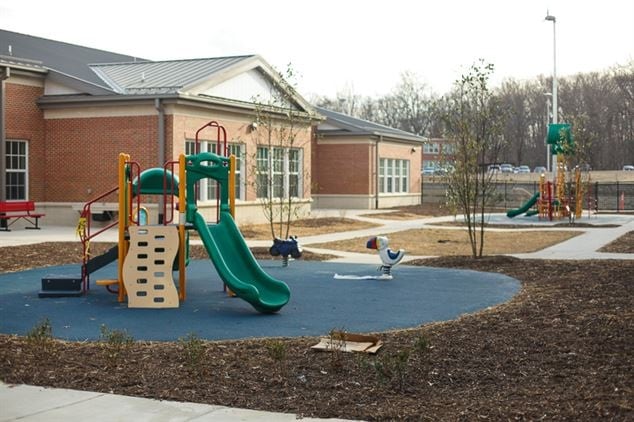Editor’s note: The following is an opinion piece. The writer is not employed by Military Times and the views expressed here do not necessarily represent those of Military Times or its editorial staff.
School choice for military families is an idea whose time has come, according to Education Secretary Betsy DeVos. Her support of the idea, announced at this year’s Conservative Political Action Conference, is one that should resonate with readers of Military Times.
In 2017, Military Times conducted a survey of its readers that yielded striking findings: 35 percent of respondents said that dissatisfaction with their child’s education was a “significant factor” in their decision to remain in or leave military service. What’s more, 40 percent of respondents said that they “have either declined or would decline a career-advancing job at a different installation to remain at their current military facility because of high performing schools.”
Their children’s education means a lot to service members. And that means a lot for military recruitment and retention issues.
Our service members have volunteered to put themselves in harm’s way to protect the U.S. and its standing on the world stage. It is, to say the least, a stress-inducing commitment. The last thing our active-duty military should have to worry about is whether their children are in safe and effective schools.
But they do. So much so that more than a third have considered leaving military service altogether because of it.
This situation can have major ramifications for military retention efforts, which can cost the Defense Department and taxpayers handsomely.
RELATED

Take the costs of training Air Force pilots. Although costs vary considerably by aircraft type, government data suggest it can cost anywhere between $6 million and $9 million to fully train a single pilot with all requisite operational experience; a three-star general told a House subcommittee in March that training a pilot on the service’s most advanced fighter jet costs about $11 million.
If a pilot in the Air Force could rest assured his children have access to schools that are a good fit for them — and, as a result, chose to remain in military service — that could save the U.S. military millions in retraining costs for one aviator, not to mention the loss of experience that a pilot gains during a career.
If that 35 percent of service members who reported dissatisfaction with their child’s education as a significant factor in their decision to leave military service could be reduced by even a few percentage points, the savings to the DoD could be significant, as would the additional peace of mind for our service members.
It is imperative that members of the military can exercise school choice for their children. Thankfully, Congress is in a position to ensure they can.
School choice is primarily a state and local issue. However, because the federal government has a mandate to provide for the national defense, the education of military-connected children has a special place at the U.S. Education Department. The federal government spends about $1.3 billion annually on a program known as Impact Aid, much of which goes to the education of military children specifically.

Instead of assigning children to district schools based on their parents’ assigned duty station, and then sending federal dollars directly to districts, Impact Aid funding should be made student-centered and portable, following eligible students in the form of an education savings account. ESAs enable families to pay for any education option that is a good fit for their children, including private school tuition, online learning, special education services and therapies if needed, and private tutoring, among other options.
In a nationally representative survey of active-duty and veteran families conducted by EdChoice last year, three-quarters of active-duty respondents supported the idea of providing their children with ESAs to ensure they can find education options that are the right fit for them.
This isn’t a foreign concept. Federally funded education benefits follow a service member to any college he or she chooses. The same holds true for all other federal student aid for college; the Pell Grant program, for example, which provides funding to lower-income individuals, can be used at any accredited college or university.
Unfortunately, we can’t say the same for their children at the K-12 level. Why? It’s time to create a GI Bill for the children of military families.
Instead of filtering the military-dependents portion of the $1.3 billion in federal Impact Aid funding to district schools and then assigning students to those schools based on where their parents are stationed, Impact Aid dollars should follow the child in the form of an ESA. Impact Aid dollars should go directly into a parent-controlled ESA, which the family could then use to pay for any education-related service, product, or provider that meets the spe¬cific needs of their child.
Not only would this help with military retention and recruitment and save money for DoD, it would, most critically, provide peace of mind for active-duty families that their children have access to education options that are the right fit for them.
It’s the least we can do for the Americans who are sacrificing the most.

Lindsey Burke is the Director of Education Policy and Will Skillman Fellow in Education at The Heritage Foundation.




